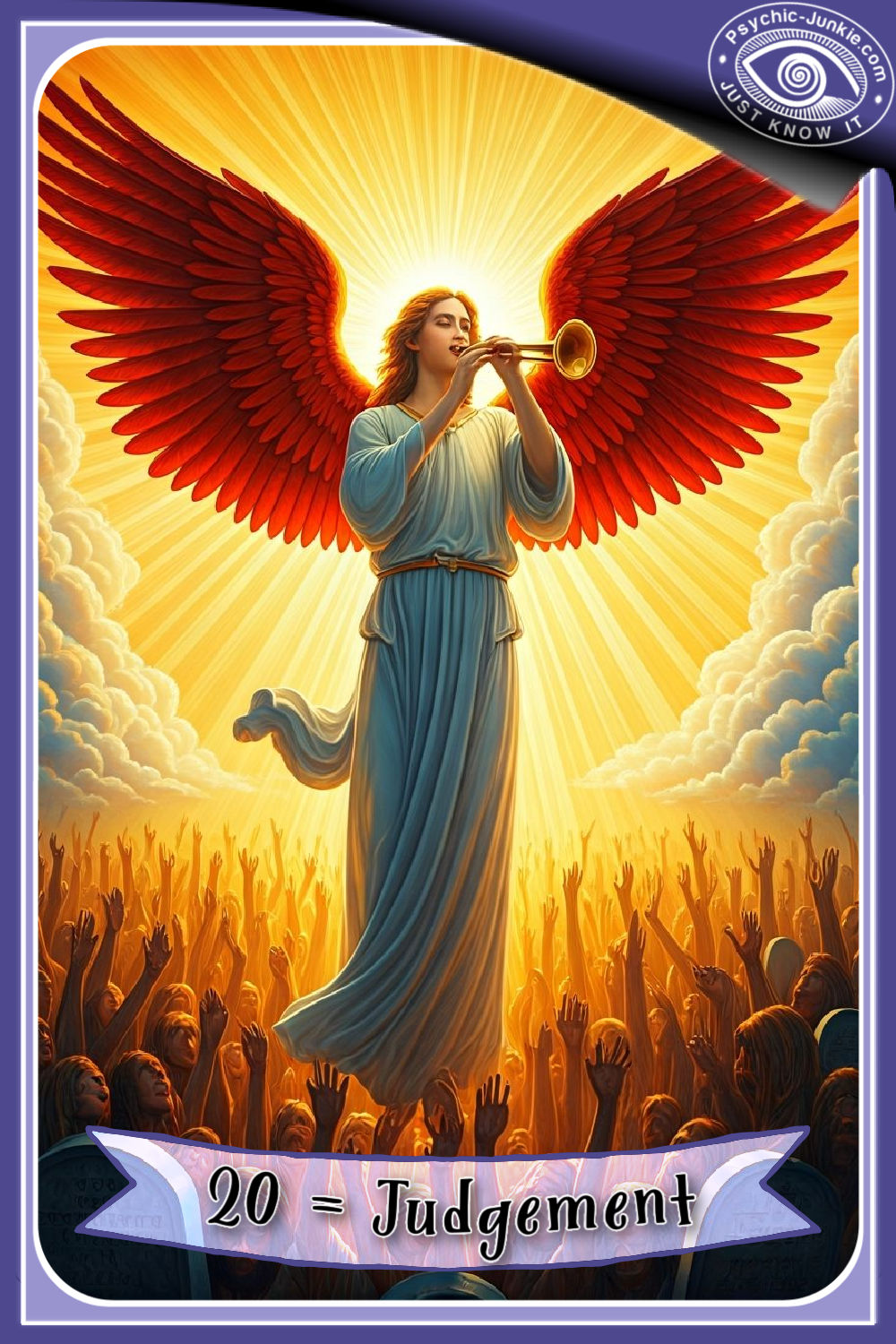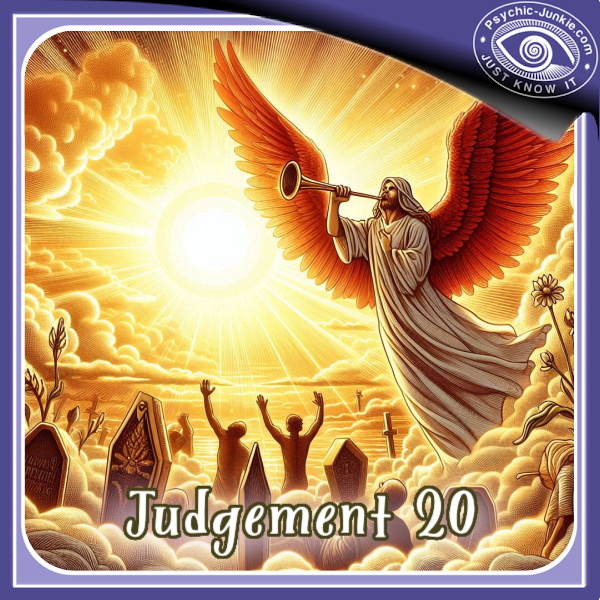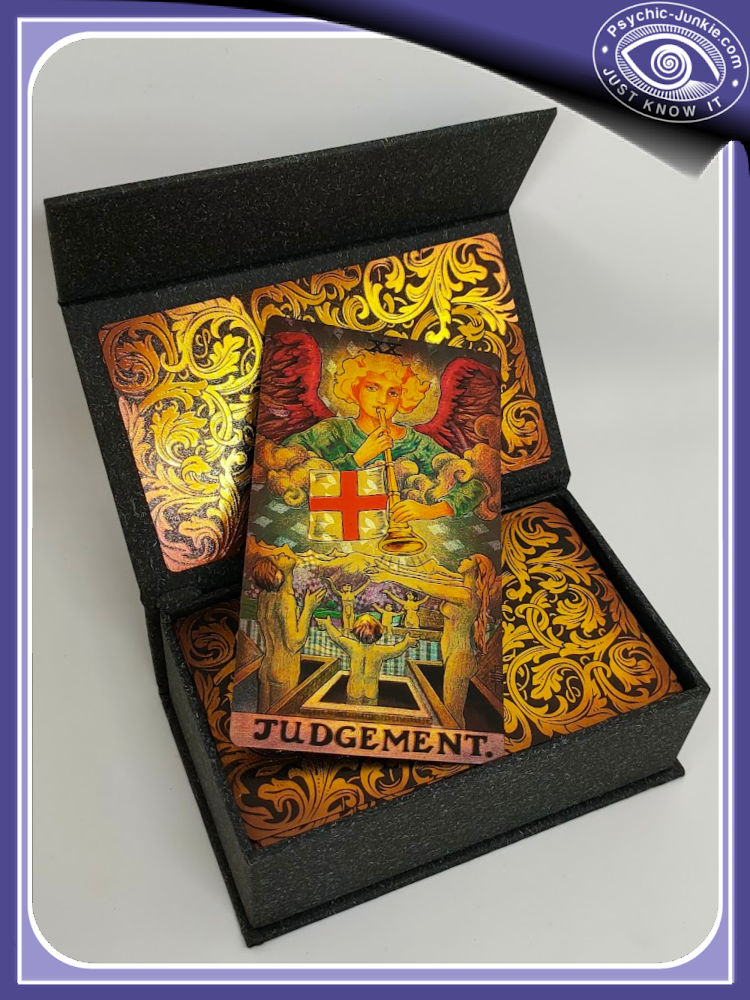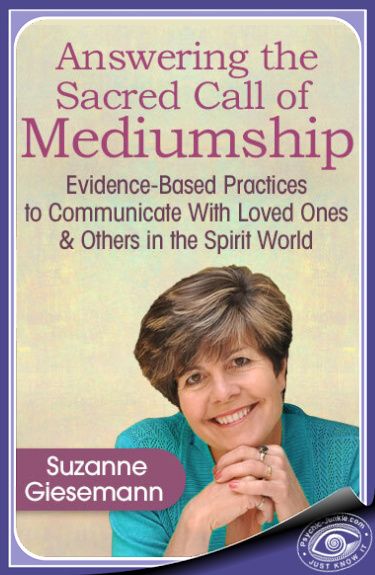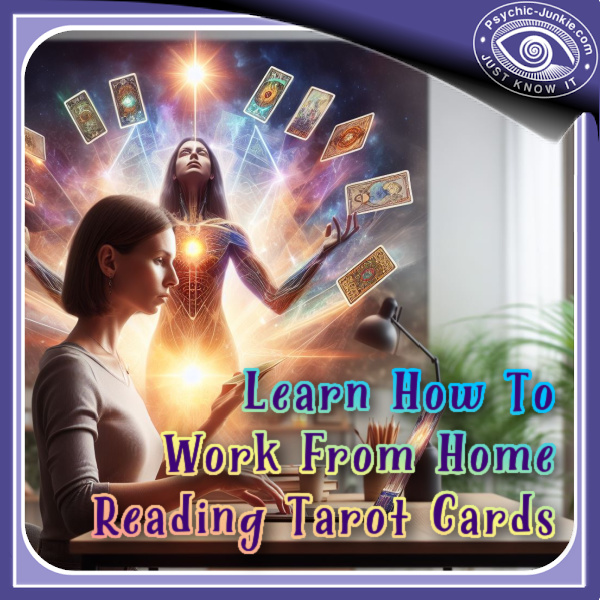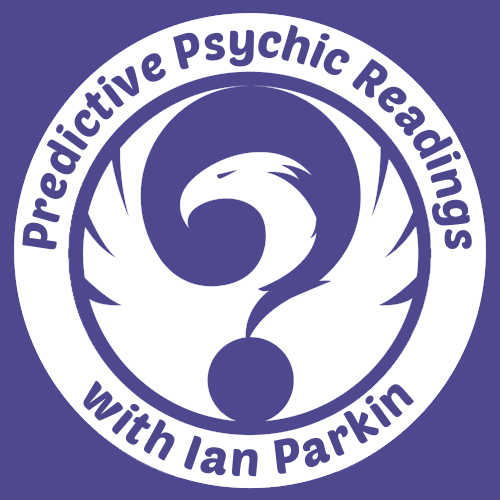- Home
- All Tarot Cards
- The Judgement Tarot Card
Ian Parkin is the author of this post.
The Judgement Tarot Card Is A Cosmic Call For Renewal
The Judgement tarot card is always bound to stir something deep within. It's a mirror, a guide, and a mentor, all wrapped up in one enigmatic package. When this beauty makes its appearance, you best believe there's some soul-searching and revelations in the offing.
Psychic Chat, Tarot, Astrology & More
3 Free Minutes + 50% Off Your First Reading
Click Here To Find Your Advisor
In the cosmic ballet, a dance so refined, The Judgement Tarot Card's tune intertwined. A beacon of hope, for souls once confined, Its melody promises a future unlined.
With angelic notes that echo and chime, It nudges the heart, the soul, and the mind. To past and to present, its threads are twined, A call to awake, to paths yet unsigned.
So when in doubt, or life feels misaligned, Turn to its wisdom, let your spirit unwind. For in its embrace, true purpose we find, A journey of growth, by fate designed.
The Judgement tarot card didn’t just pop out of thin air. Historically speaking, it’s tied to age-old Christian beliefs about the Last Judgement. Over time, while it’s retained its spiritual undertones, it’s also expanded to encapsulate personal judgements, decisions, and rebirth.
As it appears across various tarot traditions:
- Rider-Waite-Smith: It focuses on the concepts of resurrection and inner reckoning.
- Thoth: Known as "Aeon" in this tradition, it highlights the onset of new periods and the departure from old methods.
- Marseille: This depiction is similar to Rider-Waite-Smith but with a stronger emphasis on the Christian Day of Judgement.
Despite these variations, the core themes of evaluation and transformation are consistent across the board.
Finding Meaning In The Judgement Tarot Card
In the upright position, the Judgement tarot card is all about rebirth, inner calling, and, well, judgement (surprise, surprise!). It’s like that eureka moment when you realize, "Hey, maybe I've been going about this all wrong!” It's about past lessons, facing the music, and being ready to step into a new, enlightened phase.
Flip it around, and the reversed Judgement card can be a wake-up call of another kind. Procrastination, self-doubt, and avoiding responsibility. It’s that sneaky little voice saying, “Do I really have to deal with this now?”
Now, here's where it gets juicy. This card isn't just some whimsical spiritual signpost. It's deeply rooted in our psyche, urging us to reflect, review, and renew. The journey this card represents is one of profound self-discovery and evolution.
- In Love: It’s like that pivotal moment in a rom-com. A time for reflection. Are we soulmates or just passing ships?
- Career-wise: Been feeling restless in your job? The Judgement tarot card might be nudging you to reconsider your path. New beginnings, anyone?
- Personal Development: Think of this as your spiritual audit. What's serving you? What's not? Time to declutter that soul!
FAQs For The Judgement Tarot Card
What does the Judgement card represent in a Tarot reading?
What does the Judgement card represent in a Tarot reading?
The Judgement card typically signifies reflection, assessment, and rebirth. When it appears in a reading, it often points towards a time of realization or inner calling, urging one to evaluate past actions, mistakes, and experiences. It's a card that signals a fresh start or a new chapter, but not without taking responsibility for past actions.
How is the imagery of the Judgement card typically depicted in the Tarot?
How is the imagery of the Judgement card typically depicted in the Tarot?
- In the Rider-Waite Tarot deck, the Judgement card showcases an angel, often Archangel Gabriel, blowing a trumpet. Below the angel, people rise from graves with open arms, signifying awakening or rebirth. This imagery emphasizes the themes of resurrection, awakening, and answering a higher call or purpose.
What does the Judgement card mean in a career-focused Tarot reading?
What does the Judgement card mean in a career-focused Tarot reading?
- In the context of a career, the Judgement card can signify a time of assessment and reflection regarding one's professional path. It might be a cue that you're on the brink of a significant career shift or that you need to evaluate if your current job aligns with your true purpose and calling. It can also point towards reconciling past work mistakes or understanding lessons from previous job roles.
How should one interpret the Judgement card in a reversed position?
How should one interpret the Judgement card in a reversed position?
- When reversed, the Judgement card can indicate a delay or resistance to a necessary change or awakening. It might suggest that one is ignoring a calling or failing to take responsibility for past actions. In some cases, it can also represent self-doubt or a fear of judgment from others, leading to inaction.
How does the Judgement card relate to personal relationships and love readings?
How does the Judgement card relate to personal relationships and love readings?
- In love readings, the Judgement card can denote a time of reevaluation and reflection regarding a relationship. It may signal a phase where both partners are considering the future of the relationship and whether it aligns with their individual life paths. It can also suggest a fresh start or the renewal of commitment after understanding and reconciling past issues. In some cases, for singles, it might indicate the realization of what one truly wants in a partner or relationship.
How can I utilize the Judgment Tarot card as a talisman?
How can I utilize the Judgment Tarot card as a talisman?
- To use the Judgment tarot card as a talisman, channel its symbolism of rebirth, inner calling, and revelation to align with a specific intention. Harnessing this card means tapping into energies of renewal and higher purpose. A practical approach is to create a personal affirmation, like "I am awakened to my highest calling and am reborn in clarity and purpose." By reciting this affirmation daily, especially when engaging with the talisman, you amplify its transformative energy in your life.
My pick of Budding Tarotpreneur products from Amazon, publishing affiliate may get a commission
Earn a Regular Income From Tarot Card Reading - by Peter J. Morris
Stray Tarot: How to Survive as a Tarot Reader - by Pitisci
Fortune Stellar: What Every Professional Tarot Reader Needs to Know - by Christiana Gaudet
Have Tarot Will Party: A Comprehensive Guide to Party Reading for the Tarot Professional - by Jenna Matlin
Behind the Fortune Teller's Tent: A Complete Business Guide to Fortune Telling at Parties and Events - by Jay DeForest and Carrie Paris
The Easy Guide to Self Employment for Tarot Professionals - by Patricia Barber
Key Aspects About The Judgement Tarot Card
Symbolism:
- The Trumpet and Angel: An angel, often Gabriel, blows a trumpet, symbolizing a call from the higher realms or a divine proclamation. It can be seen as a call to resurrection or a spiritual awakening.
- Rising Figures: People rise from coffins, representing rebirth, a fresh start, or awakening. They may also symbolize past actions and deeds coming to the forefront.
- The Cross: A flag bearing a cross symbolizes a balance of male and female energies and may also point to a union of Earthly and spiritual concerns.
Main Themes:
- Rebirth & Renewal: The card often points to a time of transformation or a second chance.
- Reflection & Evaluation: A period of looking back and assessing past actions, making amends, or coming to terms with them.
- Realization & Truth: Coming to an understanding or an epiphany.
Meaning in Readings:
- Upright: An opportunity for redemption or a new beginning. Making a final decision or judgment. An epiphany or realization that brings clarity. Facing the consequences of past actions.
- Reversed: Refusing to heed a call or a lesson, ignoring self-reflection, feeling stuck or in denial, delaying decisions, or being too self-critical.
Numerology:
- Number 20: It is associated with the card. 20 is a number of duality, balance, and partnership. This number can point to a moment of decision or assessment in partnership with the universe or a higher power.
Astrology:
- Pluto: The planet of rebirth, transformation, and deep subconscious forces is associated with the Judgement card. Like Pluto's energy which brings to the surface buried issues, the card suggests confronting past actions and renewing oneself.
Archetype:
- The Resurrector or Awakener: This card embodies the archetype of being called to a higher purpose, or of an inner or outer resurrection. It’s about heeding a call, often from within, and taking decisive action or making a judgment.
Each Element’s Meaning For The Rider-Waite Version Of The Judgement Tarot Card
Here's a breakdown of the main elements of "The Judgement" card from the Rider-Waite deck and their meanings:
The Angel: Dominating the sky in the card, the angel is typically identified as the Archangel Gabriel, who is associated with messages from the divine. The trumpet he holds signifies a call to resurrection and the realization of one’s true self or purpose.
The Trumpet: Emanating from the trumpet are sound waves or vibrations. This symbolizes the call to a higher purpose, spiritual awakening, or an important realization. The trumpet's call is one that cannot be ignored; it's a call to rise and embrace a new phase or understanding in life.
Nude Figures: Beneath the angel are several nude figures, both male and female, of various ages. These people are rising from coffins floating on water. Their nudity represents rebirth and purity, suggesting they have shed their old selves and are ready to be judged. It's a visual representation of resurrection and being reborn.
The Coffins: The coffins from which the figures arise symbolize death or the end of a phase, but in this context, they also represent a womb or chrysalis, indicating that something new is about to emerge.
Water: The vast spread of water beneath the coffins can be seen as the water of life or the collective unconscious. It suggests emotions, intuition, and the deeper currents of the psyche. The fact that the coffins float on the water implies a journey or transition.
Mountains: In the background, you can spot high mountains. Mountains often symbolize obstacles, challenges, or higher realms of consciousness in the tarot. Here, they might indicate the spiritual heights one can attain after heeding the call of judgement and undergoing transformation.
Cross on the Flag: The flag the angel carries with the trumpet shows a cross. This cross, unlike the one on "The Hanged Man," is upright. It's a symbol of the integration of the four elements and also represents the merging of the material and the spiritual.
- Home
- All Tarot Cards
- The Judgement Tarot Card
